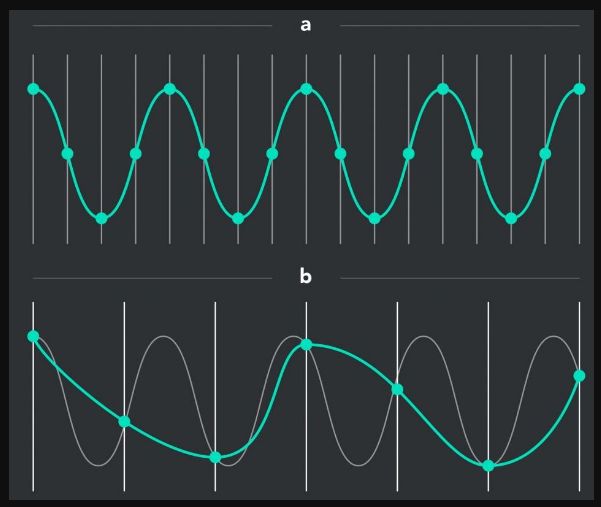State of Health revealed by voice.
Sound making and sound discerning account for 30% of brain volume. It is that important.
Body posture helps set presence, state of mind and being. No doubt the voice does as well.
https://www.youtube.com/watch?v=haETzdgRcn4&index=43
Bioacoustics is a branch of science that deals with the study of sound production, transmission, and reception in animals, particularly in relation to their behavior, ecology, and physiology. It involves analyzing the sounds animals make, whether it’s vocalizations, echolocation clicks, or other forms of sound production, to understand various aspects of their biology.
In the context of “What the Voice Tells,” bioacoustics can reveal a wealth of information about animals, including:
1. **Species Identification**: Different species produce unique vocalizations, which can be used to identify and differentiate between them. By analyzing the frequency, duration, and other characteristics of animal calls, researchers can identify the species present in a particular area.
2. **Communication**: Animals often use vocalizations to communicate with each other. Bioacoustic studies can decipher the messages encoded in these calls, such as alarm signals, mating calls, territorial warnings, or social interactions. Understanding these communication signals provides insights into animal behavior and social structure.
3. **Ecology**: The soundscape of an environment, including the types and frequencies of animal vocalizations present, can provide valuable information about the ecological dynamics of a habitat. Changes in the vocal behavior of animals can indicate shifts in population densities, habitat quality, or environmental disturbances.
4. **Behavioral Studies**: By recording and analyzing animal vocalizations, researchers can gain insights into various aspects of animal behavior, such as reproductive strategies, foraging behavior, predator-prey interactions, and parental care.
5. **Conservation**: Bioacoustics can also be a powerful tool for conservation efforts. Monitoring the vocalizations of endangered species can provide valuable data on population trends, habitat usage, and the effectiveness of conservation measures. It can also help identify areas of critical importance for conservation efforts.
Overall, bioacoustics offers a non-invasive and powerful means of studying animals and their environments, providing valuable insights into their biology, behavior, and conservation needs.
